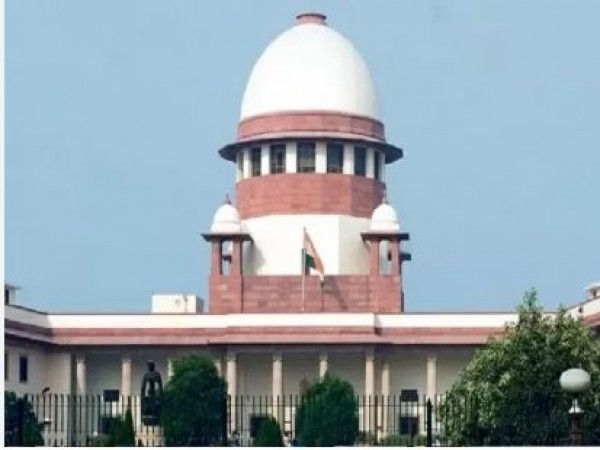
Delhi Chief Minister Arvind Kejriwal, who was granted bail from Delhi's Rouse Avenue Court on Thursday, now faces a stay on this bail by the Delhi High Court until the completion of the hearing. Currently, the case is being heard in the court of Justice Sudhir Jain of the Delhi High Court. However, today we will discuss not just this case but also the various courts across the country. We will inform you about the different types of courts in India and how they operate.
Types of Courts in India
India primarily has 6 types of courts. These are named as follows: Supreme Court, High Court, District Court, Tribunals, Fast Track Courts, and Lok Adalats. Most cases are heard in these courts. Let's now tell you how these courts operate.
Supreme Court
The Supreme Court is the highest court in the country. If the Supreme Court gives its verdict in any case, this decision can either be changed by the President or can be reviewed by a larger bench of the Supreme Court.
High Court
The High Court is the highest court of a state. Here, most cases that are dismissed from lower courts are heard. If the High Court gives a decision in any case, it can be challenged in the Supreme Court.
District Court
The District Court is located in every district. Here, all cases within the district are heard. The Rouse Avenue Court in Delhi, where Chief Minister Arvind Kejriwal was granted bail, is also a District Court. Decisions here can be challenged in the High Court.
Tribunals
Tribunals are quasi-judicial bodies. They are established to resolve administrative or tax-related disputes.
Fast Track Courts
Fast Track Courts, also known as Special Courts, handle cases where a quick decision is required. Most cases of rape and POCSO are heard in Fast Track Courts.
Lok Adalats
Lok Adalat is a pre-court stage. In fact, when both parties want to avoid litigation in a case and want to reach an agreement on some terms, they turn to Lok Adalat. Here, the case is resolved in a friendly manner between both parties in a manner that avoids legal proceedings.
Understanding the hierarchy and functions of India's courts is crucial for comprehending legal processes in the country. Each court serves a specific purpose, from the Supreme Court as the apex body to the District Courts handling local matters. The recent developments involving Delhi's Chief Minister highlight the intricate workings and the checks and balances within India's judicial system.
Komal Pandey Stuns in Bold Black Cut-Out Dress for Her Birthday Celebration
Here in Bareilly of Uttar Pradesh, you get samosa for only 2 rupees, know why